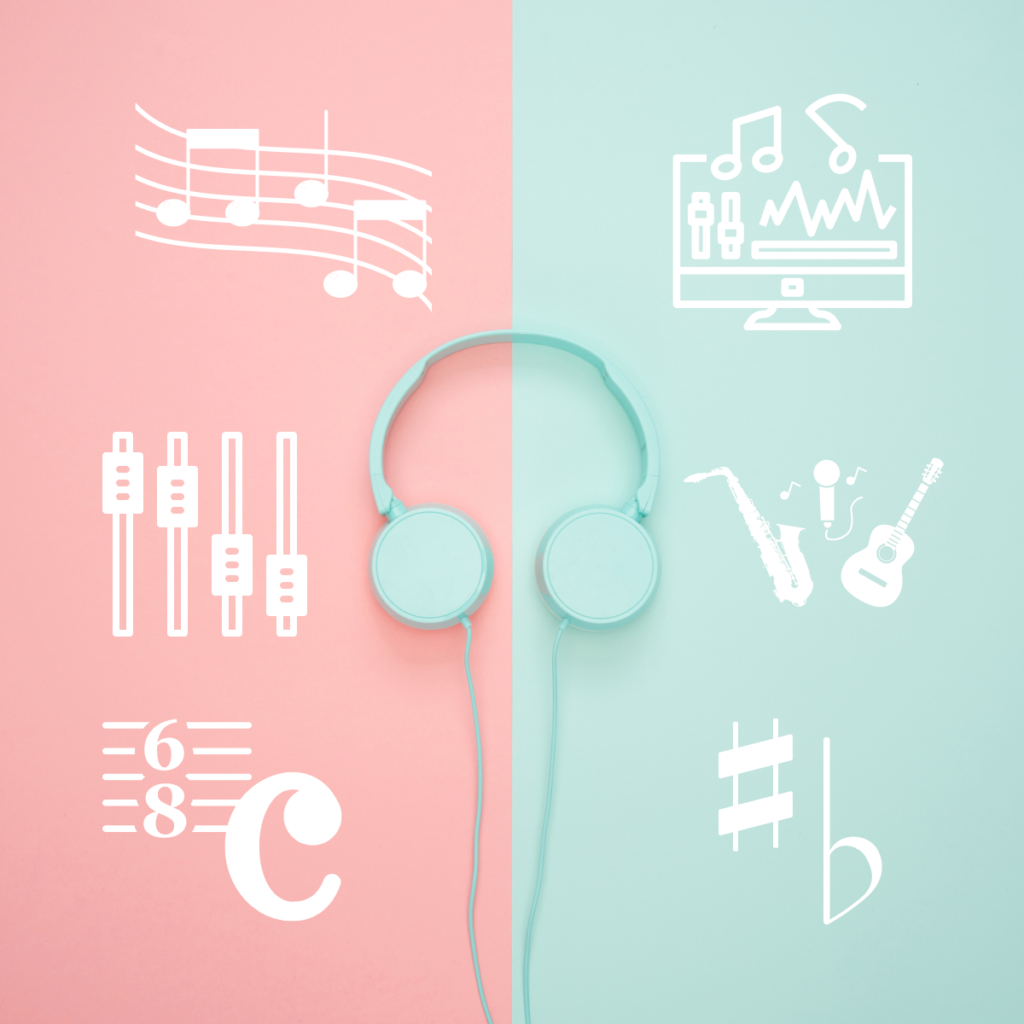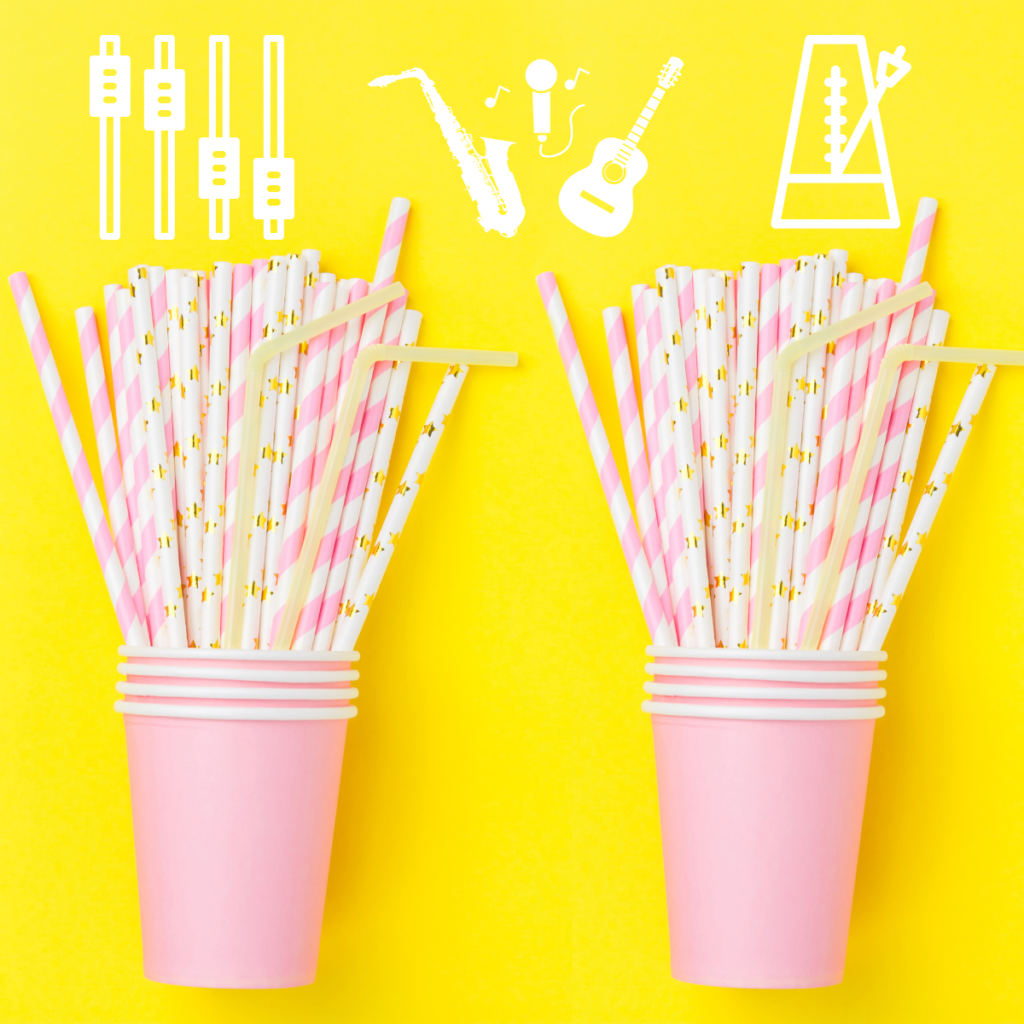4 FREE compositional device resources for music performance analysis
Comments Off on 4 FREE compositional device resources for music performance analysisAs part of the 2023-2027 VCE Music Study Design, music analysis or music performance analysis now incorporates four compositional devices. These, alongside the elements of music, offer students the means to identify and discuss how performer’s achieve intended effects and characters. This, in turn, supports students with their own development as musicians and performers; fostering language and an awareness of these techniques.

The four devices outlined by the Victorian Curriculum & Assessment Authority (VCAA) include contrast, variation, transition and repetition.
VCAA also provides ways for students to explore these within excerpts, taking something that might initially feel a little abstract and grounding it in a music analysis aural space.
It’s important to refer to the VCAA definitions for these, as they do have to relate specifically to the unifying theme of ‘musical ideas (or patterns)’. Often, too, these devices are incorporated into multi-part questions where they are either the focus, or an option for discussing how they impact on the character created.
So, let’s go through these a little more now.
Compositional Device #1: CONTRAST
As you can see above, VCAA defines contrast as “significant new musical material” or “significant changes to established patterns”.
It can be helpful then to think of this as ‘obvious’ changes within an excerpt which can often be easier to hear. This might include a change in key/tonality (e.g. major to minor), changes in tempo or dynamics (e.g. soft to very loud) or contrasting articulation techniques (e.g. staccato and then legato).

Although these more obvious elements and techniques can be simpler to detect, contrast can also be explored by considering texture, instrumentation and melodic contour. Note the specified timings below and see if you can hear this in the Bon Iver excerpt.

Or, perhaps, you could listen out for contrast in phrasing or the instrument registers being used, like with this saxophone quartet example.

Compositional Device #2: VARIATION
As you can see above, VCAA defines variation as “changes to establish musical ideas and patterns” that very importantly, “retain significant recognisable features.”
It might be tempting to think about this very similarly to contrast (changes!) but for instance, where we might talk about contrast in relation to the use of different articulation approaches or shifts in texture overall within an excerpt, with variation we would instead discuss how the performance of a main thematic idea varies each subsequent time we hear it.

Just like with contrast, we can identify variation through elements, such as articulation and melodic contour. Note the specified timings below and see if you can hear this in the Paganini excerpt.

Or, perhaps, you could listen out for texture, instrumentation and tone colour, like with this boy wizard example.

Compositional Device #3: TRANSITION
As you can see above, VCAA defines transition as “the shift from one musical idea or section to another.”
So this device has a lot to do with transitional passages in music, connecting ideas together, like a bridge in a song. However, it can also be a little more subtle, such as a passage where modulation occurs or when the excerpt shifts through the use of a sound production transition effect like a wipe or vocal riser.

These passages can be lengthy within an excerpt, or a little shorter, and can be identified by listening for texture, rhythm and phrasing. Note the specified timings below and see if you can hear this in the Pharrell Williams excerpt.

Or, perhaps, you could listen out for transition in instrumentation, melodic contour or the instrument registers being used, like with this Koehne example.

Compositional Device #4: REPETITION
As you can see above, VCAA defines repetition as when “a musical pattern or idea is established and used again”.
Again, sometimes we can fall into the trap of thinking about variation here, but instead of identifying how a musical pattern or idea varies through the use of say melodic contour, register or rhythm overall as an excerpt progresses, with repetition we would instead discuss exact points where established ideas appear again while retaining consistent approaches and character.

The use of repetition can create a sense of stability for the listener, however, it can also build tension. Consider register, rhythm and tone colour as you note the specified timings below, seeing if you can hear this in the Sarah Neufeld excerpt.

Or, perhaps, you could listen out for repetition in texture, phrasing or melody, like with this Hans Zimmer example.

How can DSMusic resources support you?
You can find additional excerpt examples for each device to consider, as well as some sample observations for a few too. This would be a great way to work through a device type with students, and then set them ‘your turn’ examples to continue refining their skills.
If you already own Decoding Sound, then these are available within your digital resources (alongside more music analysis in-depth looks at character, elements and answering questions!). Otherwise, you can access the four FREE info sheets for each compositional device below, so long as you have a DSMusic account.
And remember…
The best way to build your confidence with music analysis and compositional devices is to listen! The more excerpts you engage with, the more likely you are to be able to identify aurally what’s happening and the effect this has musically. Just like you might have a preferred element to write about (I’m a big fan of articulation and tone colour, myself!) you’ll probably find contrast a great first device with which to start.
Happy analysing! – Deb



Comments are closed